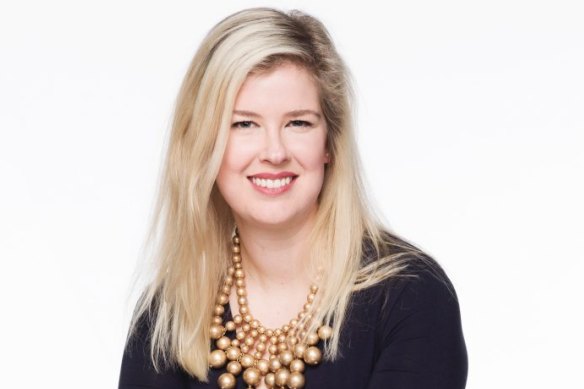This was published 3 years ago
Opinion
How I saved $10,000 a year by budgeting
Jessica Irvine
Senior economics writerTen weeks ago, I embarked on a mission to overhaul my personal finances.
Having never written a household budget before, I set out to do just that.
I began by downloading a list of the 700 or so most common household purchases, as surveyed by the Australian Bureau of Statistics. I then meticulously sorted each into one of 10 categories I created: housing, household, utilities, transport, food, health, education, appearance, lifestyle and professional fees.

Illustration: Dionne GainCredit:
Each week for 10 weeks, I focused on one of the categories, listing my relevant expenses in a spreadsheet I titled: “Jess’s amazingly fun and fantastic and not-at-all boring or scary budget”. I then went on the hunt for any potential savings.
For two months, I also kept a pen and paper spending diary, writing down every dollar spent.
At the end of 10 weeks, I’m pleased – and relieved – to report my household income exceeds my expenses. Yay.

Jessica Irvine found $10,000 by taking simple steps to trim her yearly expenses.Credit: James Brickwood
And better yet, I’ve managed to shave a total of $10,042 off my annual expenses.
Here were my biggest dollar savings:
- Food: For five days, I tallied the per-meal cost of everything I ate. I realised how cheap it can be to eat at home and how costly it is to waste the food you buy. In April, I spent $405 on groceries and $139 on takeaway meals for an average weekly spend on food of $125. After conducting my food-tracking experiment, I spent just $269 on groceries and $44 eating out in the following month, or $72 a week. That’s a weekly saving of $53 a week, or $2765 a year. Wow.
- Housing: My next biggest saving involved a trip to the bank, where I fixed in $300,000 of my $760,000 total home loan at 2.19 per cent for two years. The rest remains on a variable rate of 2.69 per cent. That 50 basis point interest-rate reduction on my fixed amount represents a $1500 annual saving, assuming variable rates don’t change. Of course, they might. Fixing is a gamble, of course, and there are potential costs to consider. But while fixed rates are at historic lows, it’s something worth considering.
- Loading
Transport: I was gobsmacked to discover I spend about $8900 a year on transport, including public transport and car running costs. So, when a sign went up in my building foyer from someone wanting to rent a car space, I jumped. I’ve leased out my spot for $40 a week, so that’s $2080 a year. I also saved $104 on my car insurance premium by increasing the excess from $850 to $1500.
- Household: This is the category of my budget where I include furniture, cleaning supplies, maintenance, appliances and home and contents insurance (which I still don’t have). My biggest saving here has been discovering the joy of not only second-hand buying, but also selling. Since moving into my home in December last year, I’ve made $1396 selling goods on Facebook Marketplace, mostly small pieces of furniture and home decor.
- Appearance: When I applied for my home loan, I estimated I spend $1250 a year on haircuts and colouring. And that was a conservative estimate. No more. During isolation, I decided to have a stab at cutting my own hair. Emboldened, I’ve decided I won’t be spending any money on haircuts or colour for a year. Why should I?
- Health: After reviewing my health costs last year, I saved a whopping $790 off my annual premiums by downgrading my private health insurance cover to things I might actually use and increasing my excess. This month, I rang again and lobbed another $60 off per year, after I discovered a discount for employees of my company. It’s worth asking.
- Utilities: Just a small one, but worth mentioning that I shaved $97 off my annual electricity bill by switching to the cheapest energy provider as ranked by the government’s energymadeeasy website. Run, don’t walk.
COVID-19 has also brought a host of unintended savings in my budget categories for education and lifestyle, thanks to free after-school care and a severely curtailed social life. But they don’t count. And I still need to do more on my “professional fees” category, including finding the best deal on life and income protection insurance.
Overall, I’ve well and truly caught the savings bug. And I’m not ready to stop. So, assuming you’ve read this far, you can look forward to seeing more about my money journey in your Sunday paper.
Thank you to everyone who messaged me during the 10 weeks with your own savings tips and reflections. I promise I’ll reply and might even start sharing some of the best.
Ultimately, if there’s one thing I’ve learnt on this journey, it’s that there is dignity in every dollar in your budget. Look after your money and it will look after you.
A little saving here and there really does add up.
Follow Jess’ money journey on Instagram at @jess_irvine_pics or email her your money questions or tips to Jessica.irvine@smh.com.au